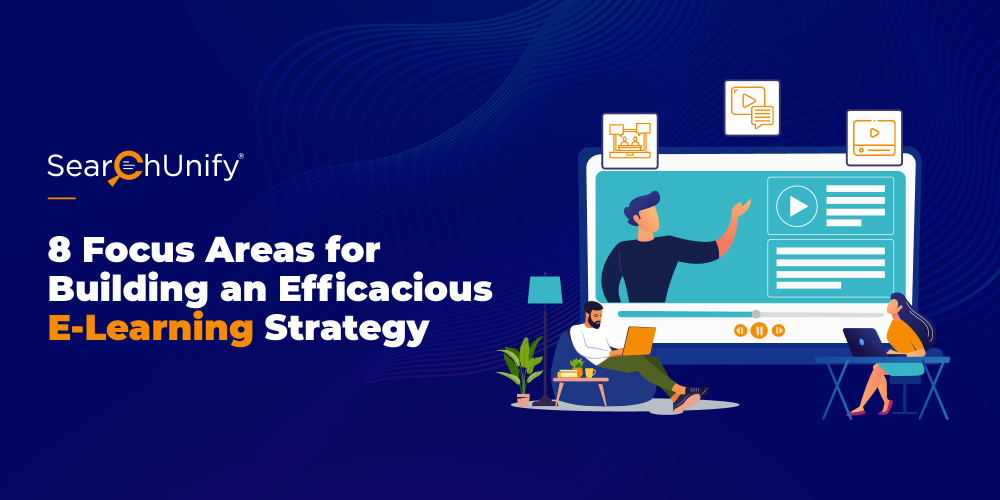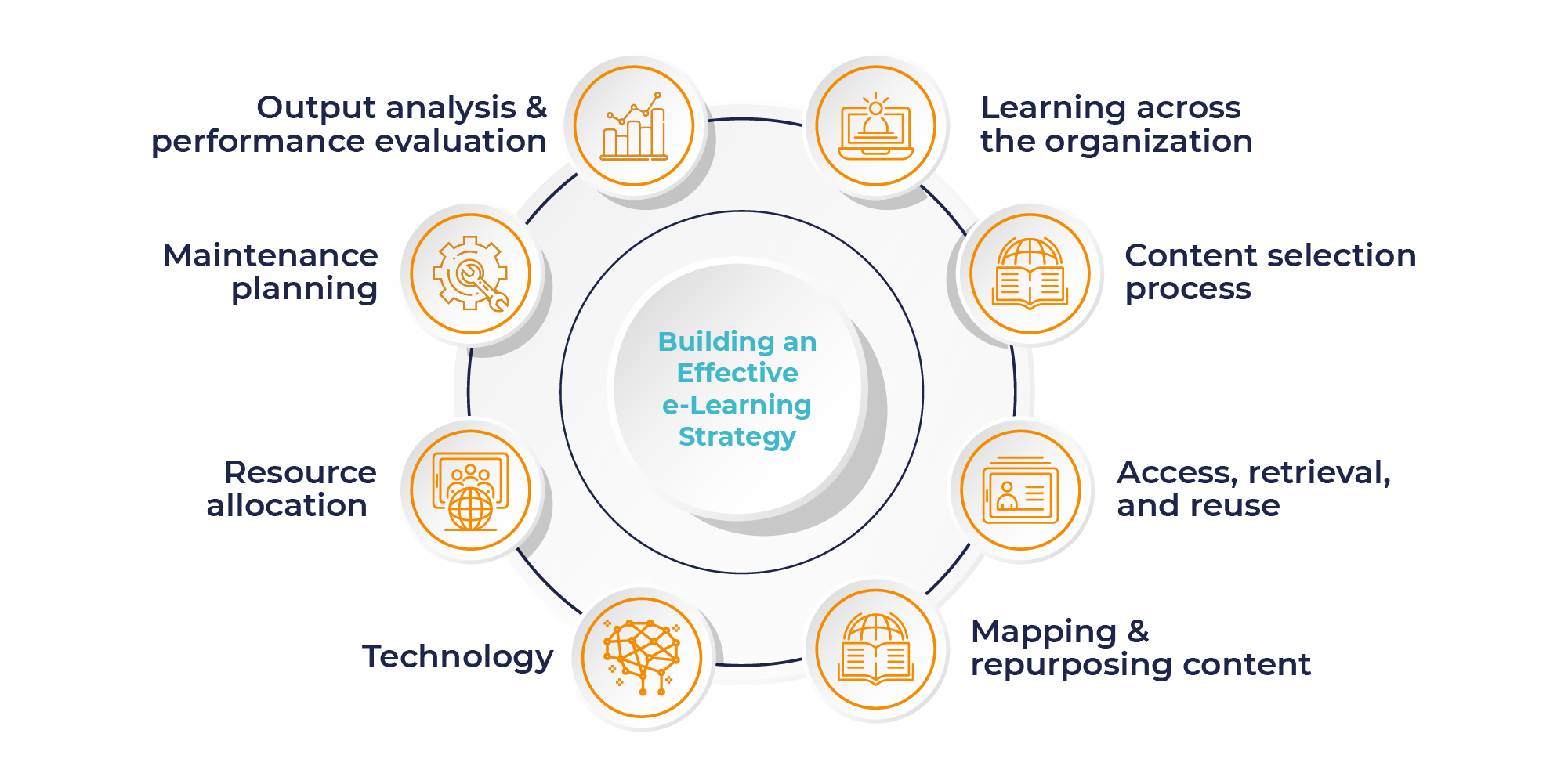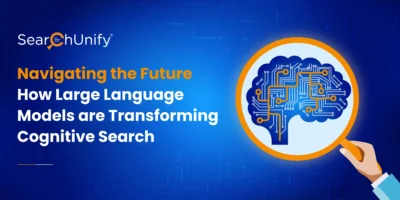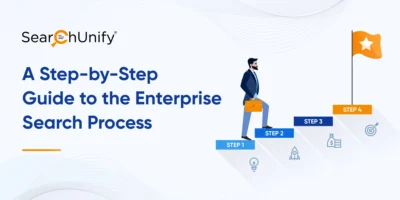
Did you know that in 2017, the McKinsey Global Institute estimated that 60 percent of occupations had at least 30 percent of constituent work activities that could be automated by 2030? Simply put, as many as 375 million workers globally would have to switch occupations or acquire new skills by 2030 to fit into the new dynamics of work.
Hence, technological advancements and new ways of working were already disrupting jobs and widening the skill gaps long before the pandemic era. It’s just that the onset of lockdowns made it paramount to answer how we can bridge these gaps to improve the overall bottom line.
So, if you are also looking for answers to the same, then this blog post is for you. It will acquaint you with the best practices to devise an effective e-learning strategy to re-skill and upskill your staff. It’ll also list out the key focus areas for building an efficacious e-learning strategy. Let’s get rolling.
Repercussions of the Pandemic on Employee Training & Upskilling Models
The pandemic has changed the way we learn. Many organizations have drifted from classroom learning to e-learning. Yet, the challenge of reskilling and upskilling employees persists.
The biggest barrier to successful digitized learning is the lack of technical resources and expertise required to make the inevitable switch. Since users are more aware of their needs than ever, one learning program won’t fit all. You need to tap into their behaviors and demands to create a tailored learning experience. Again, all of this is quite resource-intensive. However, the good news is that with an effective self-service platform and the right tech stack, you can empower your teams to self-learn, thus bringing down resource requirements.
Knowledge is power, and power is being self-learned.
Devising an Effective E-Learning Strategy
Whether you learn online or offline, the process for devising a learning strategy remains the same. It’s just that the focus on the dissemination of knowledge via technology emerges in e-learning. Once you are cognizant of a few areas, creating and adapting an e-learning strategy becomes a cakewalk. These include:

1. Learning Across the Organization
The key focus in this area is to document the present scenario, both internally and externally, and anticipate directions accordingly for learning programs. This way you can identify the key parameters that impact strategies, technologies, processes, resource requirements, business objectives, existing content, and channels.
Pro Tip: Document all the assumptions and their impact on the overall learning program. Also, identify a timeline for reassessing various issues as you progress in decision making.
2. Content Selection Process
This realm lays emphasis on scrutinizing the current content selection process, courses, programs, presentations, etc., so that high-quality and meaningful content can be delivered. The ultimate goal is to map out a process that’ll lead to appropriate content selection for the e-learning programs.
Pro Tip: ABSTAIN from providing generic and non-specific content. Based on your target audience, determine the right style and delivery medium for a particular course.
3. Access, Retrieval, & Reuse
This area discovers a high degree of taxonomy to classify and categorize content within context to the learning, performance, and business objectives. Identify relevant ways to tag content in order to increase its reach. The higher the quality of the taxonomy, the better are the chances of content reaching the right audience.
Pro Tip: Deploy cognitive search engines to embed both manual and automated taxonomies.
4. Mapping & Repurposing Content
This area explores the possible ways of leveraging data from user profiles, learner paths, new hire orientation, succession planning, and development for efficient knowledge management. In the field of online learning, content mapping is the most powerful weapon, yet organizations often fail to use it to their advantage. Maybe because they are intimated with the amount of effort and time it demands. But once done right, even content repurposing becomes a breeze.
Pro Tip: Reuse content based on end-user attributes, end-user playback environments, learning, performance, and business objectives.
5. Technology
In the digital era, one cannot really do without technology RIGHT technology. So in this area, the prime goal is to archive the technical and functional requirements of the program. Then, evaluate the existing tech stack to gauge how well it addresses those requirements.
Pro Tip: Evaluate the following potential areas while selecting a learning solution for your business: authoring platforms for web development, competency profiling and/or assessment systems, LMSs and LCMSs, knowledge management systems, class registration systems, assessment authoring, and delivery systems.
6. Resource Allocation
After you have mapped out the entire learning strategy or set of strategies, you need to develop projects, tasks, activities, dependencies, resources, and timelines for moving forward. This focus area is all about that.
Pro Tip: Make a realistic, data-based, and measurable plan.
7. Maintenance Planning
As Brian Marick quoted, “development is maintenance.” So in this area, your ultimate goal is to maintain the content, authoring, LMS, LCMS, and other systems that were established in prior focus areas. Eventually, this realm will employ most of your time, effort, and money. Do remember that overlooking this key focus area can sabotage your entire learning journey and send all your efforts, time, and money down the drain.
Pro Tip: Identify a systematic review, revise, and release cycle; define triggering mechanisms and measurement criteria; evaluate the learning content’s shelf-life to provide an up-to-date and engaging learning experience.
8. Output Analysis & Performance Evaluation
A successful e-learning strategy is dependent on output and how we manage that output. Using an iterative model with continuous evaluation and business-case analysis will be critical. Ensure that your e-learning strategy includes intricate details like what model, how to interact with the model, how to evaluate the output, etc. Last but not least, it is crucial to identify the parameters as well against which the effectiveness of training programs would be evaluated. Because, if you cannot measure it, you cannot improve it.
Pro Tip: Ensure timely reporting of successes and failures both up and down the chain of command.
Want to Know More About Building an Efficacious E‑Learning Strategy?
Formulating a foolproof e-learning strategy is no rocket science once you know how to tap into your learners’ behavior and deliver a personalized learning experience. To learn the ropes for the same, tune in to our on-demand webinar that spills the beans on creating a positive learning journey, engagement, and experience.

















